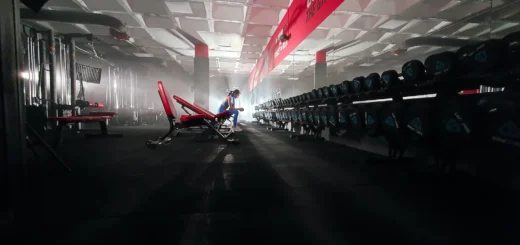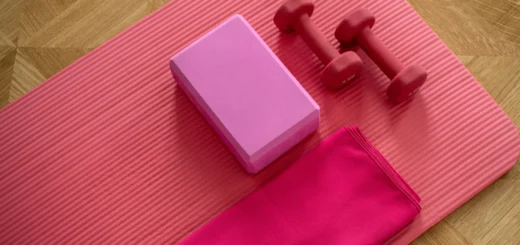The Basics: Workout Principles
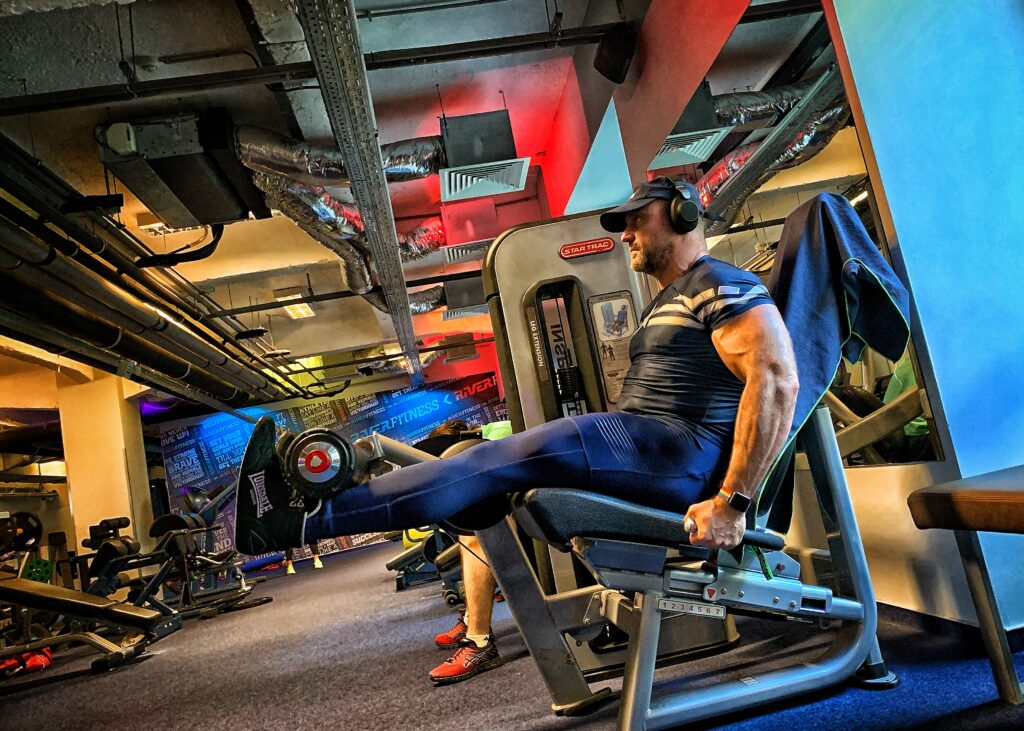
As part of The Basics series, we have a look at the principles of resistance exercise training. Understanding the following concepts is crucial not only for making progress and building muscle but more importantly to prevent injuries.
Safety Warnings
Before we go into any detail, there are a couple of things that you should be aware of to be safe and prevent injuries.
If it hurts, don’t force it
Pain is your body’s way of telling you that there is a problem. If you feel any pain during the exercise, stop immediately. If you continue, you might worsen your condition and might face irreversible consequences. See a physician to have a diagnose and recommendations of the exercises you are allowed to do until you fully recover.
No sudden yanking or bouncing movements
You have to be in control of the weight you are lifting at any given point of the exercise. Your muscle should move the weight at a steady pace without using momentum.
Never lock out your joints
At no point of the workout should your knee or elbow joints be locked out (fully straightened). Locking out puts enormous strain on the joint and can cause serious, irreversible injuries.
Adjust the machine
Most machines in the gym are adjustable so that people of different sizes can use them. Adjust the seat and any moving part of the machine so that you can perform the exercise comfortably. The pivot point of the machine has to be in line with your joints (knees, elbows, shoulders, etc.). If you are not 100% sure how to set up the machine correctly, ask the gym personnel to explain it to you.

Don’t work out if you are sick
Dedication is great but forcing yourself to work out while being sick will do more harm than good. Your body is already busy fighting the illness, it doesn’t have enough resources to cope with the added stress and the muscle recovery after a workout. Be patient, recover fully before you go to the gym again.
Be extra careful with barbell bench presses and squats
These are the two exercises where you can get stuck under the weight. We do every set to failure, so it might happen that you just can’t push out the last rep. There are two things you can do to prevent getting stuck under the barbell:
Have a spotter who helps you out if you can’t finish the last rep by yourself.
Use a bench or rack with an additional safety pin or bar at a lower position on which you can place the barbell even if you can’t push it out.
General Tips
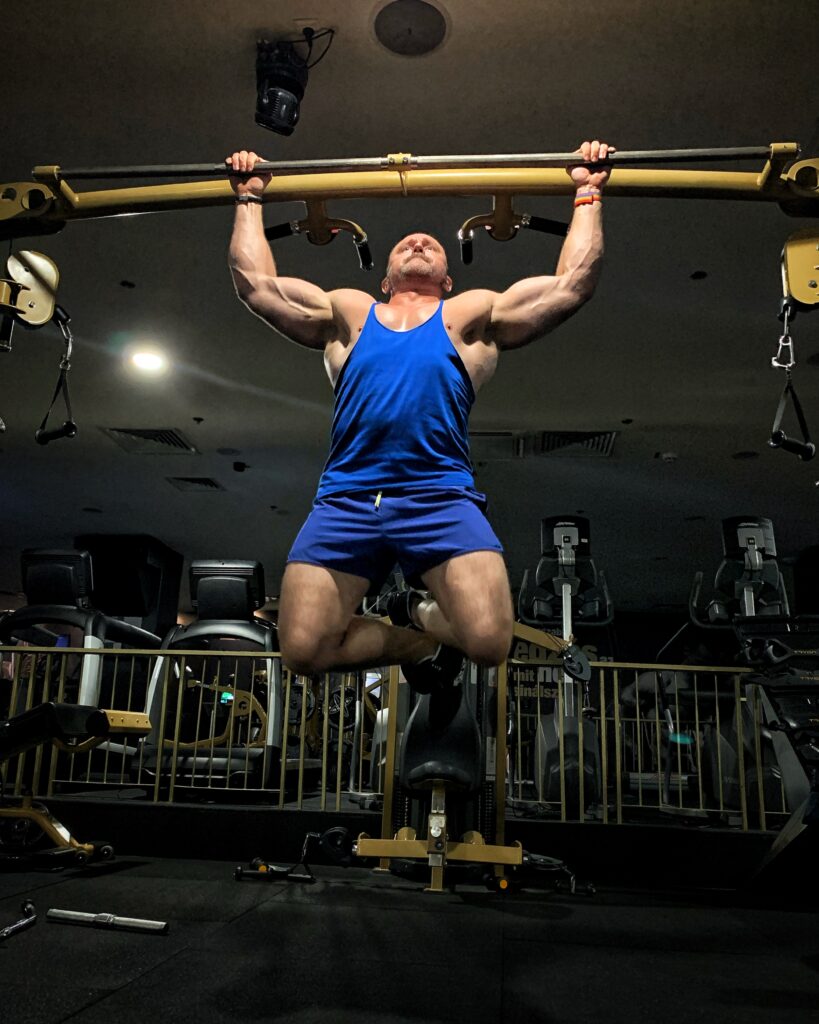
- Don’t eat anything heavy one hour before the workout. We will need your blood to flow through your muscles, not your digestive system. You can have some easily digestible protein (whey protein shake) and carbohydrate (some fruit) around half an hour prior to your gym session.
- Wear comfortable clothing that allows you to move freely.
- Your shoes should hold your feet properly. Your best bet is a pair of special bodybuilding shoes or wrestling shoes. The perfect training shoes have three characteristics:
- They have thin soles to provide maximum range of motion.
- They have high collars for stability.
- They hold your feet firmly.
- Keep your body hydrated. Drink water during the workout.
- Focus. Don’t chitchat. Don’t play with your phone.
- Finish the workout within one hour.
- If you’ve trained on an empty stomach, drink a protein shake, or have a protein-rich meal with some carbohydrates right after the workout.
Workout Structure
DEFINITION
A workout is a period of physical exercise that you do to keep fit. The activity you perform must have a clear goal: maintaining or improving strength, body composition, or flexibility. Good and effective workouts are intensive and last less than one hour.
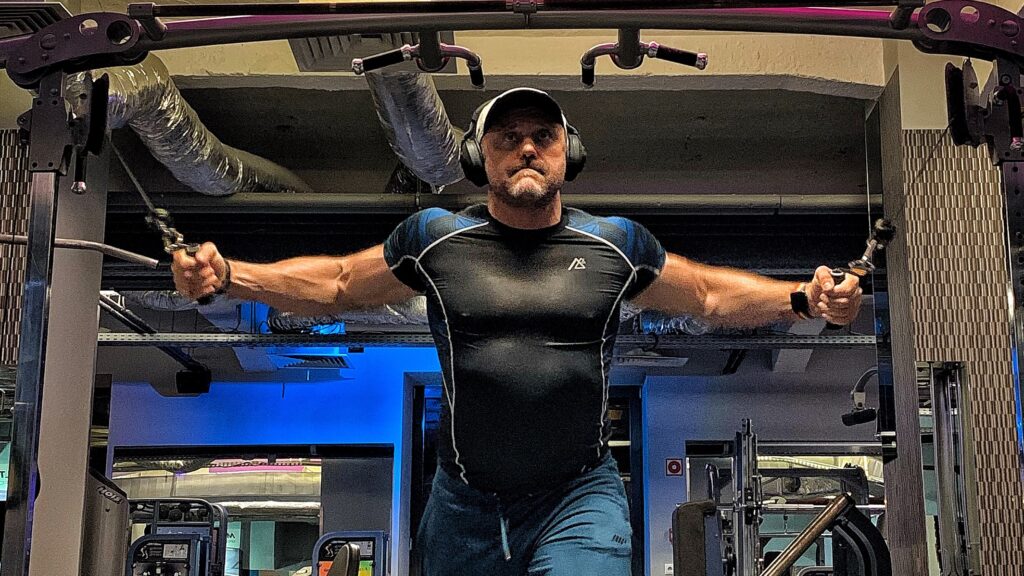
Part One: Warm-Up
We warm up to enhance performance and to prevent injuries. Prepare your joints and your circulatory system for the upcoming stress with warm-up exercises. With low-intensity activities, you increase your heart rate and the blood flow to your muscles. The warm-up should last 5 to 15 minutes depending on the upcoming load.
Part Two: The Lifting
In the main section of the workout, we will perform high-intensity weight training.
DEFINITION
A repetition (or rep) is a cycle of movements that you repeat several times in one go.
Each repetition consists of 3 parts:
- POSITIVE or concentric phase
During this phase the targeted muscle shortens. The positive phase should be performed in a controlled manner swiftly (1-2 seconds) but without jerking. Example: during biceps curls you bend your elbow and lift the weight - PEAK phase
You keep the target muscle contracted at the end of the movement for 1-2 seconds. - NEGATIVE or eccentric phase
This is the opposite of the concentric phase. You lengthen the targeted muscle until you reach the starting position. The negative phase should be performed in a controlled manner slowly (2-6 seconds) without dropping or bouncing the weight. Example: during biceps curls you straighten your elbow and lower the weight
DEFINITION
A set is a group of repetitions we perform during a workout in one go.
For each exercise normally we will do 2-4 sets.
Try doing every set to failure. It’s perfectly okay to fail the last rep. You actually should aim for failing the last rep. That’s where the maximum muscle stimulation happens. Your muscles will grow only if they are experiencing higher and higher levels of stress. If you do the same routine again and again without trying to go beyond your limits, you will never grow.
Always aim for 8-10 reps per set. This determines the weight you are going to use.
If you can do more than 10 reps with the weight you chose, you should increase the weight for the next set.
If you can do less than 8 reps with the weight you chose, you should decrease the weight for the next set. To give you an estimate for the optimal weight, you can look up your 8RM in the 1RM calculator.
Part Three: Cool-Down, Stretching
After the main part, your muscles are as warm as they can get, so this is the best time to stretch them. Never stretch cold muscles. After your workout, it’s time for a protein shake. Well done.

